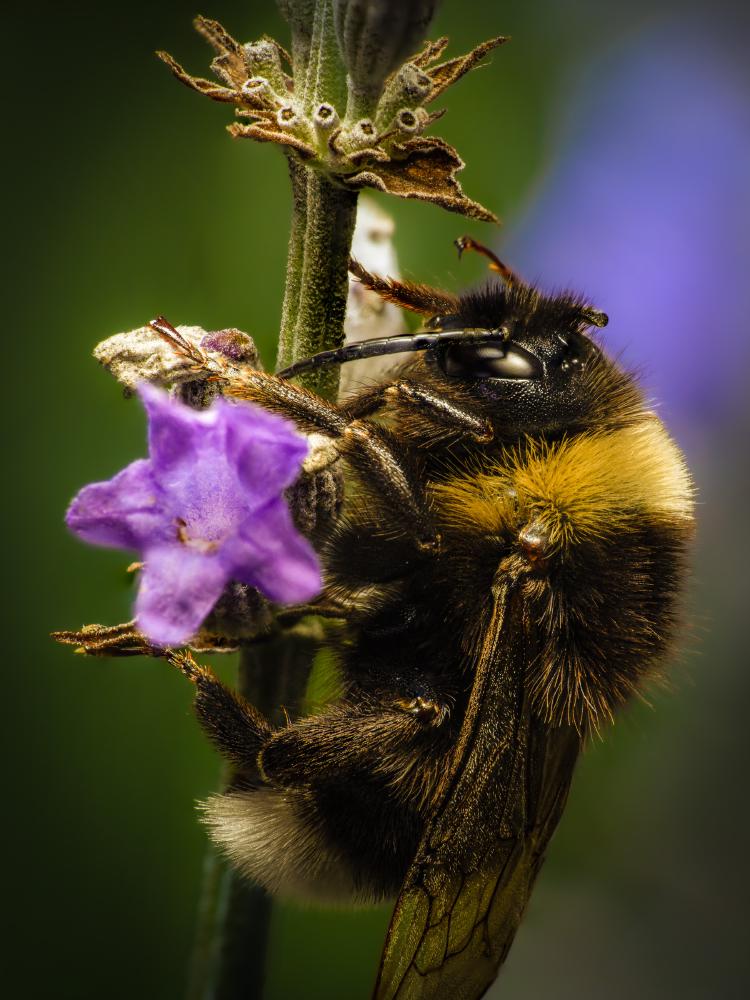Garden Bumble Bee
Lat. “Bombus hortorum“
species
of genus
“Bumble Bees“
1 species
Bombus hortorum, also known as the Long-tongued bumblebee, is a common species found throughout Europe. It has a distinctive oblong head and a very long tongue, measuring up to 20 mm. The species is found in diverse habitats, including grasslands, and has a wide distribution ranging from Scandinavia to Iran. Bombus hortorum plays an important role as a pollinator for crops such as sunflowers, strawberries, apples, and tomatoes. However, the use of pesticides in modern agriculture poses a threat to this species, as it can negatively impact colony development and memory. Conservation efforts should focus on preserving their habitats and minimizing pesticide use to maintain healthy populations.
Taxonomy and phylogeny
Bombus hortorum belongs to the Bombus, or bumblebee, genus. It is one of the six most common bumblebees throughout Europe. Of the six commonest species, only two are long-tongued: B. hortorum and B. pascuorum.Its close relative Bombus ruderatus also has a long tongue, but is much less common. Bombus hortorum and Bombus ruderatus are nearly identical in appearance, but DNA sequence data distinguishes them as clearly-separate species.
Description
This bumblebee has an oblong head and a very long tongue, about 15 mm (0.59 in), and in some cases even 20 mm (0.79 in). The tongue is so long that the bee often flies with it extended when collecting nectar. The queen is variable in size, with body lengths between 19 and 22 mm (0.75 and 0.87 in), and wing spans from 35 to 38 mm (1.4 to 1.5 in). The workers are almost as large, the larger ones overlapping the smaller queens. Their color is black with a yellow collar, a narrow yellow band on the scutellum, and a third yellow band on terga (abdominal segments) 1 and 2. The tail is white. Darker forms, with little yellow in their fur, are common.
Distribution and habitat
This species is found in Europe as far north as 70ºN (in Scandinavia, south of the tundra). In the west, its distribution reaches Iceland, where it probably has been introduced. In the south, it extends to the middle of the Iberian Peninsula, to southern Italy (Calabria), northern Turkey, and to the Mediterranean islands except Corsica, Sicily, and (probably) Sardinia. It continues in northern and central Asia through Siberia to the Altai Mountains, and, in the southeast, to northern Iran. In 1885, it was introduced in New Zealand, where it still exists, but without being particularly common.: 219–220 It is also found in America, particularly Florida. It is found throughout the British Isles, including Orkney and Shetland. Bombus hortorum are commonly found in grassland environments with abundant flowers that they can feed on.In a study analyzing spatial patterns of Bombus in different habitats, it was discovered that B. hortorum are most abundant in recently cattle-grazed grasslands, as compared to arable, sheep-grazed, unmanaged, and disturbed land plots. Cattle play an important role in the habitat of Bombus species because their feeding actions in grasslands cause a more diverse floral environment, which is preferred by the bumblebees for their own foraging behavior.Due to their localized lifestyle and the destruction and loss of grassland habitats, Bombus hortorum populations are expected to decline in the future. In order to address the conservation of Bombus hortorum, it is important that large areas of foraging plant diversity and nesting sites either receive no intervention as to foster a natural habitat, or are extensively grazed by cattle during the summer in order to promote plant diversity and create an environment rich in favored flowers for Bombus.
Human importance
Bombus hortorum are frequent pollinators of many crops, including sunflowers, strawberries, apples, and tomatoes. The modernization of agriculture and demand for crops to feed the human population has brought about a significant increase in pesticide use. This has an adverse effect on the genus Bombus. The bees are directly exposed to the chemicals in two ways: by consuming nectar that has been directly treated with pesticide, or through physical contact with treated plants and flowers. Pesticides can impact the B. hortorum colonies by reducing brood development and also impairs their memory, preventing them from remembering the locations of their foraging sites and nests. Furthermore, when a single queen is first establishing her colony at the beginning of the season, pesticide risks could pose consequences for colony development and size.
== References ==

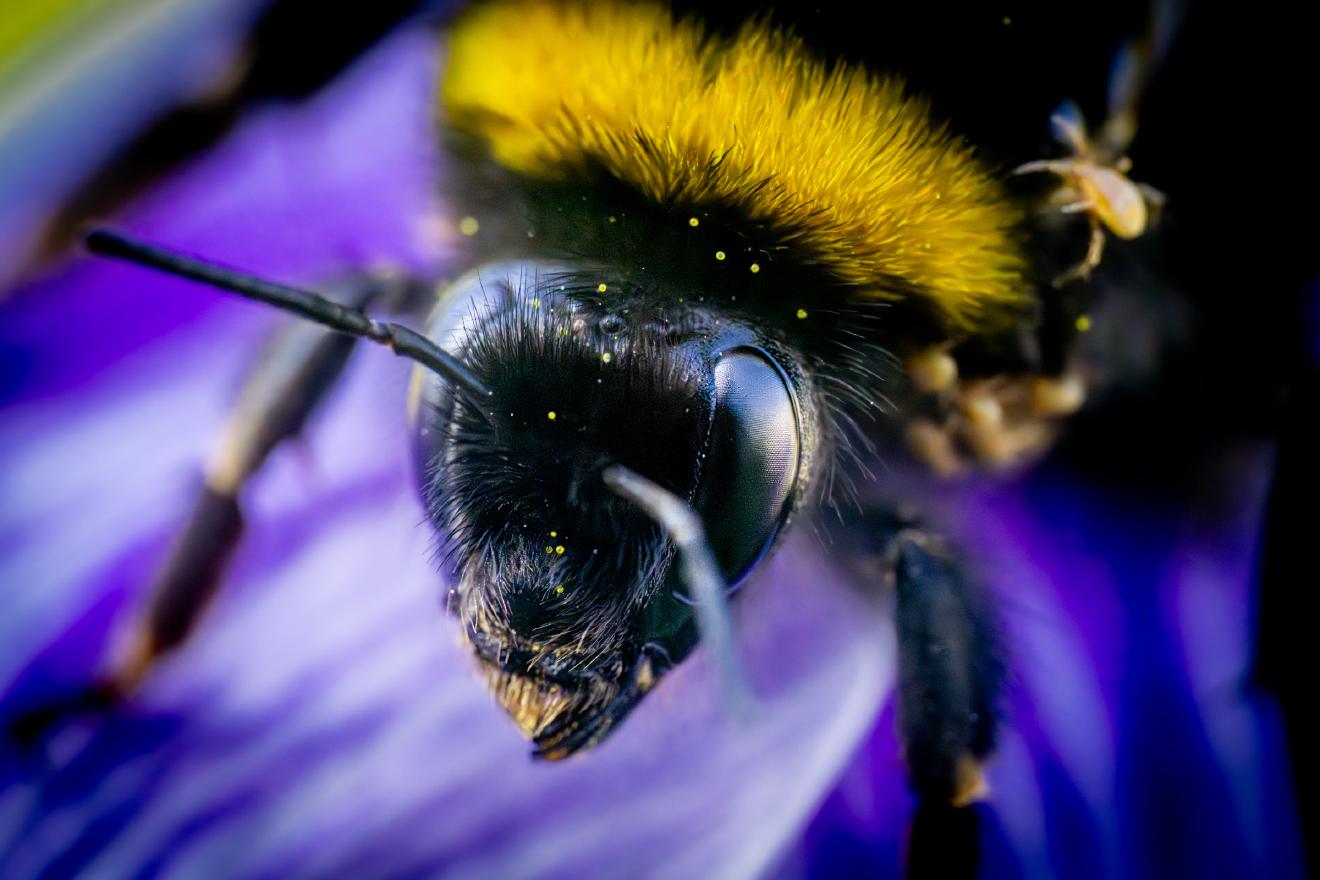

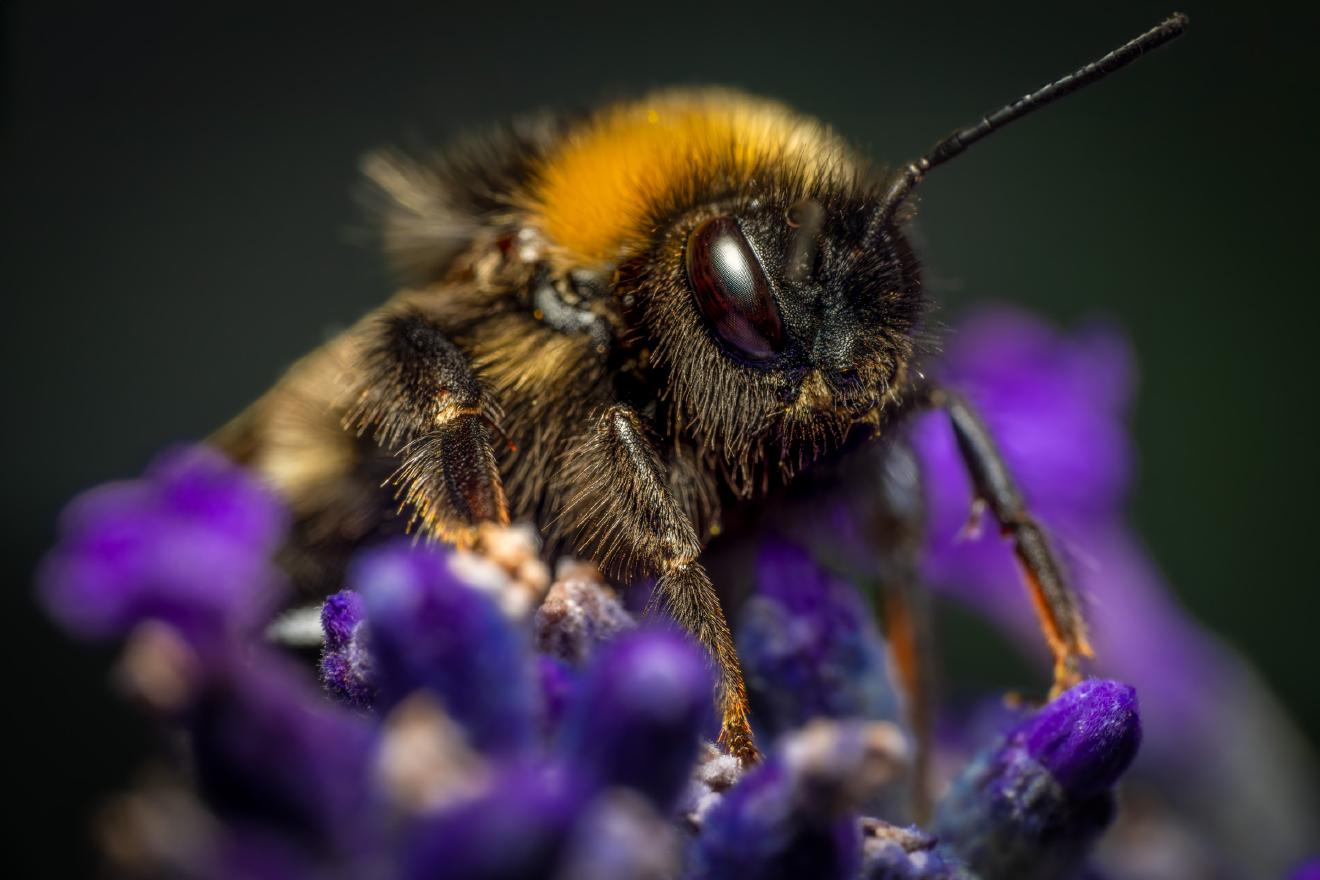
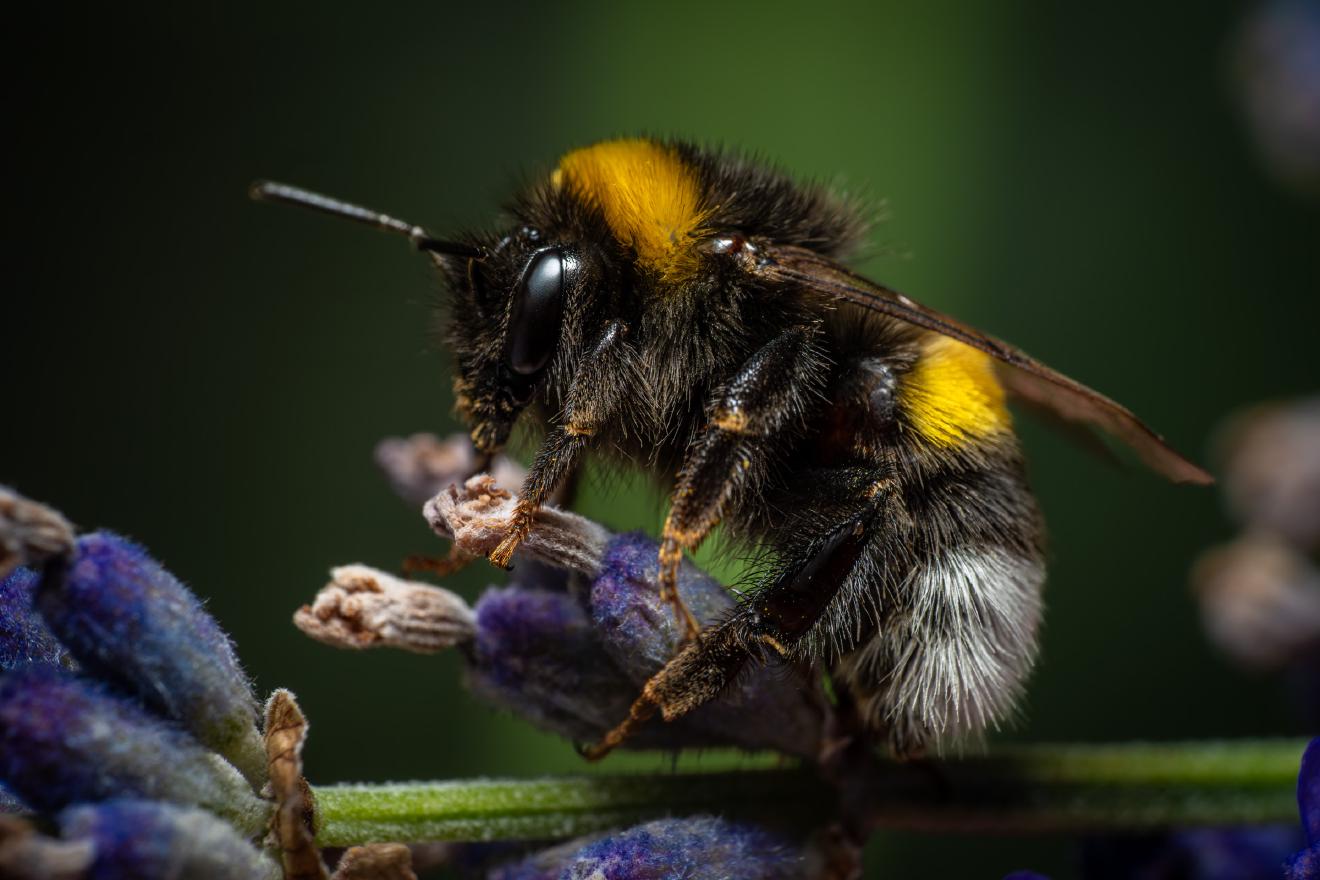
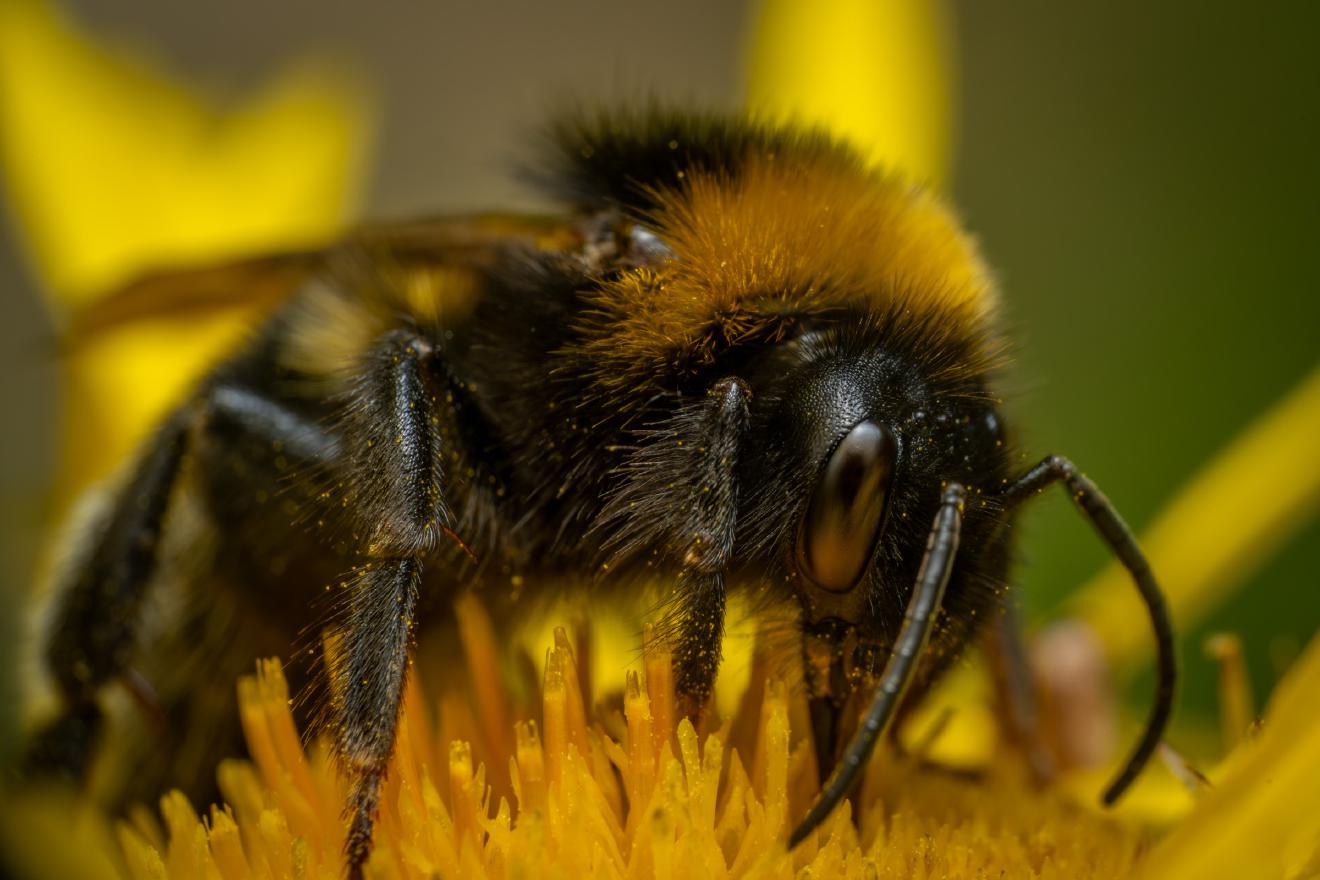
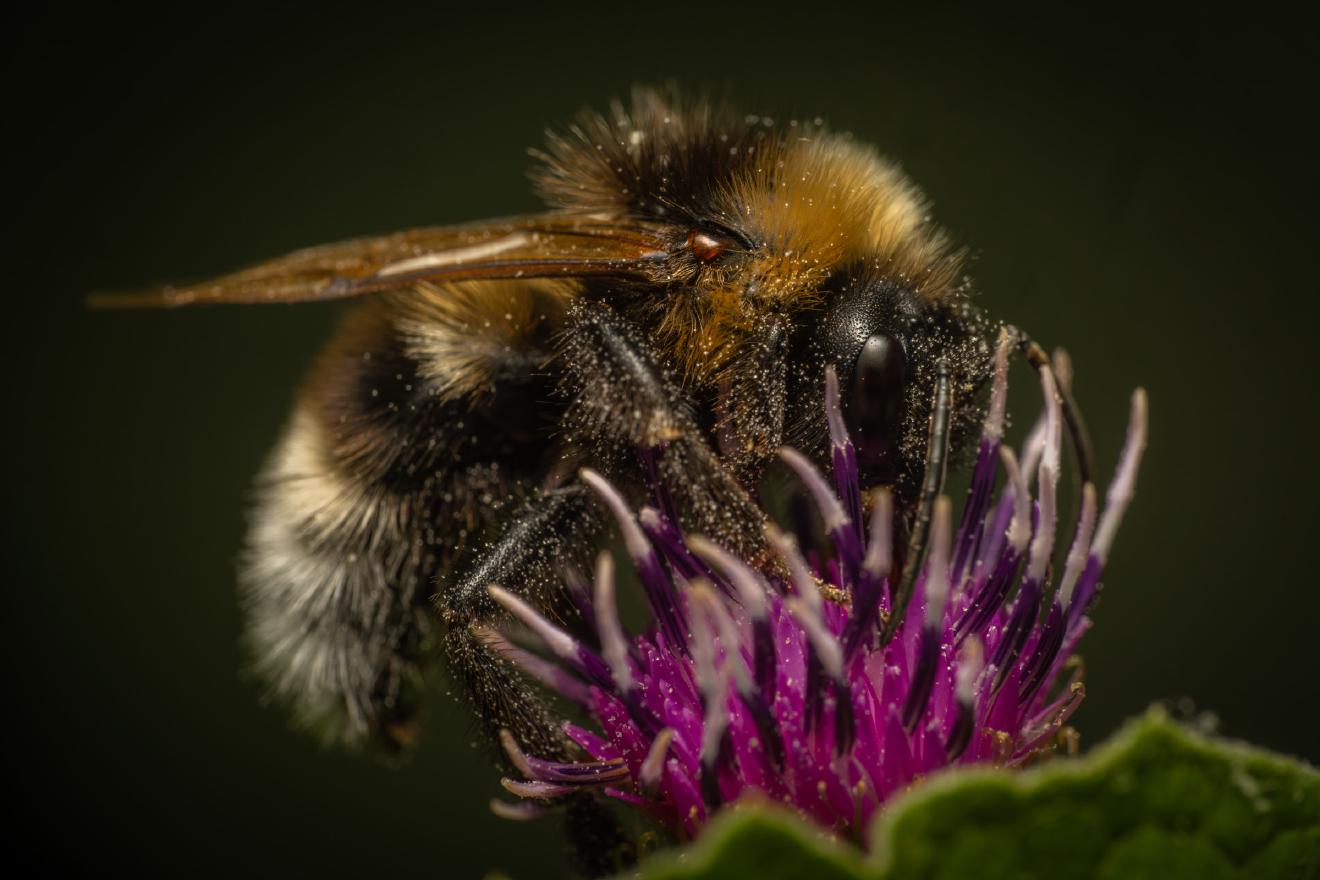

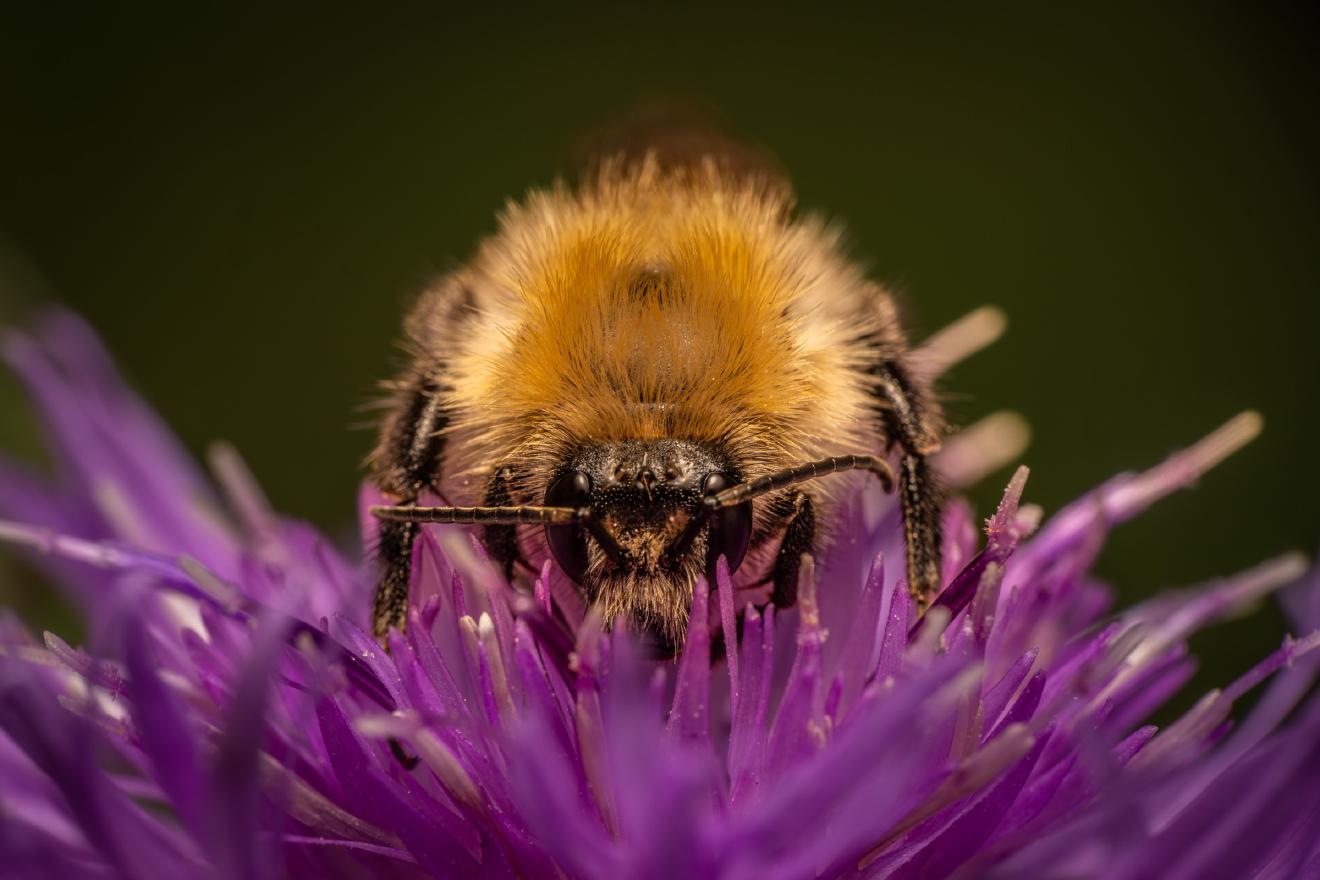
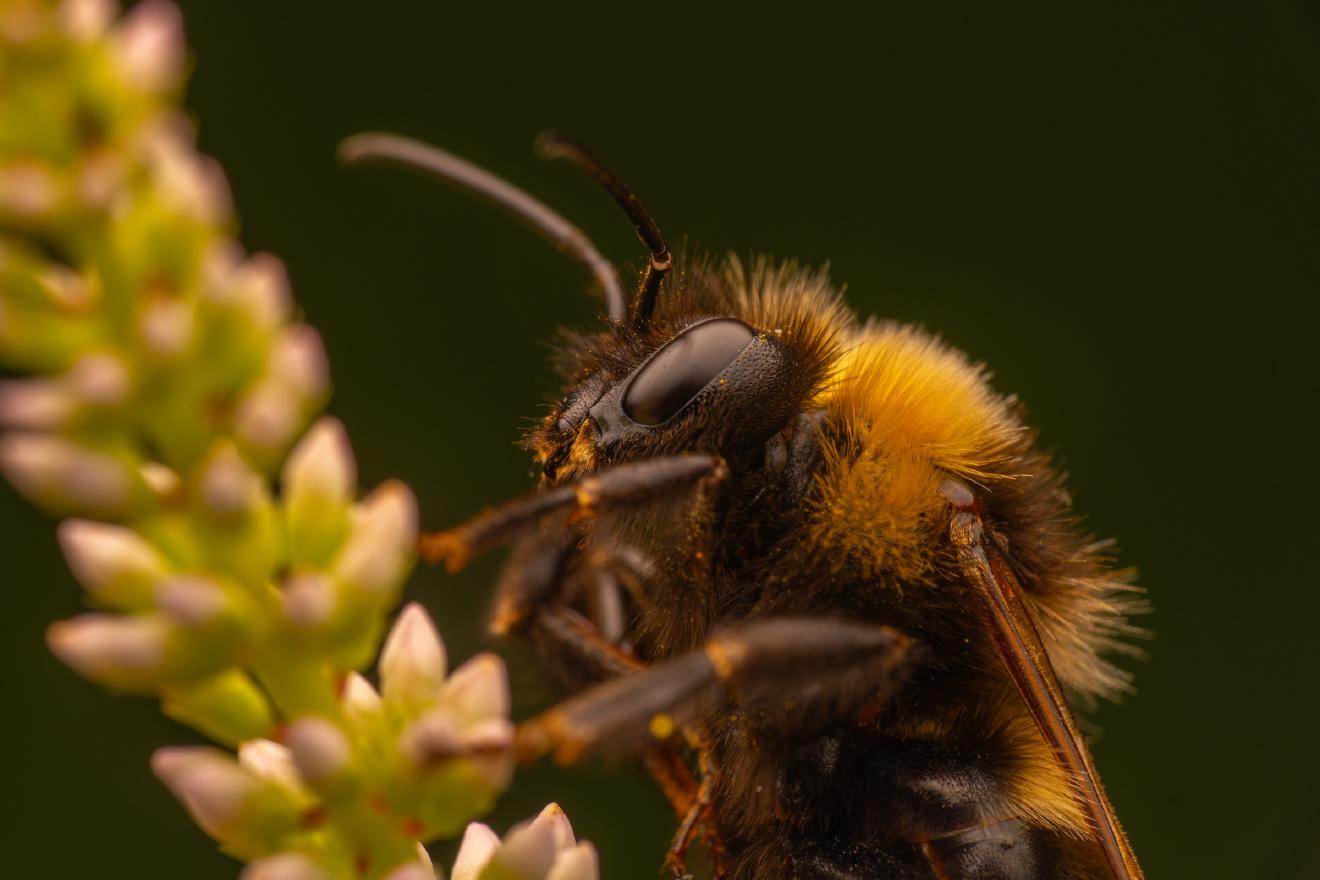


Ancestry Graph
Further Information
Copyright

This article uses material from the Wikipedia article Bombus hortorum the free encyclopedia Wikipedia which is released under Creative Commons Attribution-ShareAlike 4.0 International License). On Wikipedia a list of authors is available.
